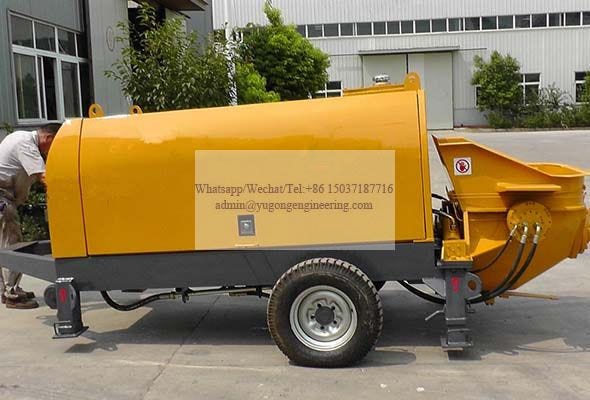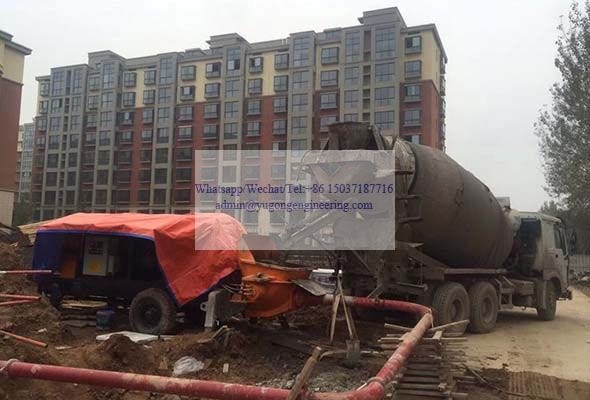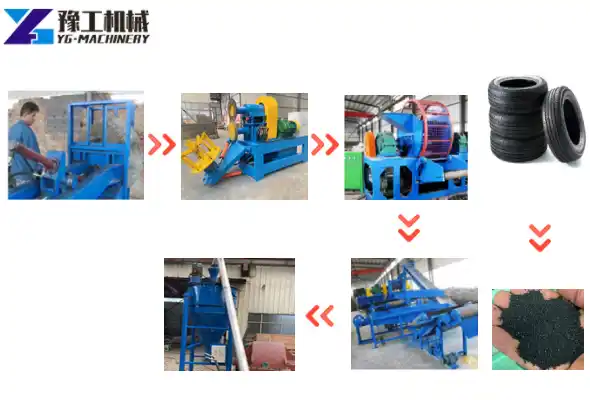The emergence of mini crawler excavators has brought great convenience to the majority of construction workers, and it can help builders complete construction work more easily and efficiently. Small excavators are welcomed by customers for their small size and wide range of applications. The operation of the small excavator is very simple and can effectively replace manual work, greatly saving manpower and reducing the cost of manpower investment.
What types of mini excavators are there?
There are five classification methods for the classification of common small excavators, namely, according to the form of the traveling device, according to the transmission mode, according to the form of the working device, according to the driving mode and according to the purpose.
① It has a small caterpillar excavator and wheel type. The crawler excavator has a larger chassis and is suitable for complex road conditions. Therefore, its application is very extensive. The tire-type small excavator has fast walking speed and good maneuverability.
② Classification by transmission mode: There are two types: mechanical and hydraulic. Mechanical single-bucket small excavators rely on mechanical transmission and require various gearboxes, winches, wire ropes, hooks, pulleys and other parts. The structure is complex, and it has gradually been eliminated in small and medium-sized single-bucket small excavators. The hydraulic single-bucket small excavator eliminates many complicated mechanical intermediate transmission parts, simplifies the structure, improves the transmission performance, works smoothly, operates flexibly, and has high productivity.
③Classified by the form of working equipment: there are backhoe, front shovel, grab shovel, dragline and other forms. When backhoeing, the digging direction faces the fuselage, and it is used to dig the soil below the parking surface. It is flexible in work and widely used. It is the main working device form in hydraulic small excavators.
④ There are internal combustion engine-driven and electric-driven small excavators according to drive mode.
⑤According to the purpose, there are general excavators, mining excavators, marine excavators and other special excavators.
Application of mini excavator:
1. For orchards: digging fertilization ditches, planting trees, weeding, cultivating soil, opening up wasteland, etc.;
2. Trench digging: digging cable trenches, water or sewage pipelines, natural gas pipelines, etc.;
3. Landscaping: planting trees, digging ditches, etc.;
4. Mountain contracting: planting trees, repairing terraces, digging ditches, opening paths, weeding and opening up wasteland, etc.;
5. Indoor aspects: indoor demolition, basement backfill;
6. In terms of crushing: road and ground concrete crushing, mountain stone crushing, etc.;
7. Mine aspects: tunnel and cave construction, mines and shafts, etc.;
8. Vegetable greenhouses: for deep digging;
9. In terms of digging medicinal materials: for digging yams, etc.;
10. It can be matched with a variety of excavator attachments to achieve a variety of functions, for example, scrap metal shear for excavator, car dismantling shear, log grapple for excavator, ect.
In addition, agricultural and forestry planting, farmland reconstruction, small earthwork engineering, municipal engineering, road surface repair, farms, garden cultivation, and river and ditch dredging projects and other operating environments.
Features of the mini excavator:
In this era of mechanization, most users gradually use mechanized production to replace manpower. The small excavator has reliable quality and stable performance, and can adapt to harsh construction environments. The equipment is matched with a high-horsepower engine and has high construction efficiency. The structure of the equipment is simple, the operation is simple and convenient, and the maintenance cost is low. It can be matched with different excavator attachments to realize various functions such as rotary excavation, crushing, hook cleaning, bulldozing, etc., realizing one machine with multiple functions. The small excavator is suitable for various soil properties, has good use effect, simple operation, small and flexible, convenient transportation, and can work in small places.







